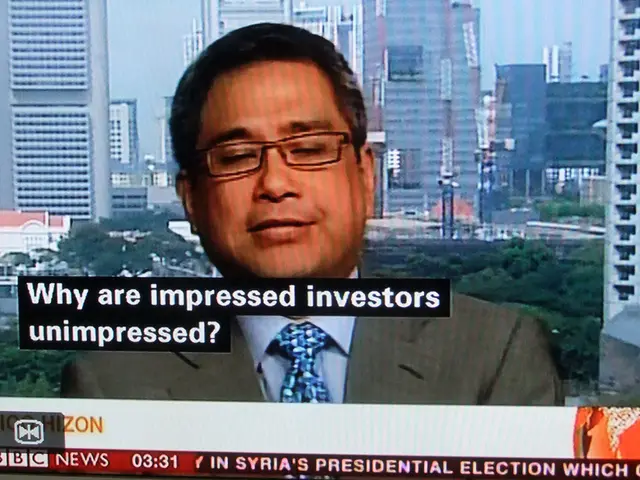Asian Countries Rush Ahead in Stablecoin Development Amidst India's Political Gridlock
In the rapidly evolving world of cryptocurrencies, India finds itself at a crossroads. The country's regulatory vacuum has left it sidelined while other nations advance with clear stablecoin frameworks. Aishwary Gupta, Global Head of Payments & RWAs at Polygon Labs, has been a vocal advocate for regulatory clarity in India.
Gupta, who is also designing real-world asset products for governments across Asia, expressed frustration that he is not able to work on projects for India as a whole due to regulatory uncertainty. He suggests that the Centre for Development of Advanced Computing, the Central Board of Direct Taxes, and the Financial Intelligence Unit should take responsibility for crypto regulation in India.
On the other hand, Suraj Sharma, Head of India (Legal & Compliance) at crypto exchange Gate.io, defends regulatory caution, citing concerns about monetary sovereignty, capital flight, and systemic risk. Banks in India are hesitant to proceed with stablecoin infrastructure without clear guidance from the Reserve Bank of India.
Despite these concerns, the potential benefits of stablecoins are hard to ignore. Over 86% of financial institutions are open to adopting stablecoins, with one-third already using them. More than half plan to integrate stablecoins within three years, citing speed, stability, and settlement efficiency as key drivers.
Aishwary Gupta estimates that India could save $68 billion annually by integrating stablecoins into international payment flows. He also points to the success of open APIs in Brazil's PIX system, which enables 10% of Polygon's global payment volume by integrating stablecoins.
Meanwhile, other countries are making strides in stablecoin regulation. Hong Kong's stablecoin ordinance positions the city as one of the first markets globally to regulate fiat-backed stablecoin issuers. Japan has licensed JPYC to issue the first yen-backed stablecoin, and the U.S. is seeing major players prepare dollar-backed crypto tokens under the established framework.
Even India's neighbour, China, is reportedly considering yuan-backed stablecoin pilots in Hong Kong and Shanghai. However, India's unique constraints as a capital-controlled economy make CBDC an important factor for stablecoin regulation.
Gupta also highlights a fundamental "ownership crisis" in India, involving bureaucratic turf wars between the Ministry of Finance and the Ministry of Electronics and Information Technology. He advocates for the Ministry of Finance to take the lead in overseeing stablecoins.
As the world moves forward with stablecoin adoption, India's regulatory inaction could lead to a significant brain drain of top crypto talent. An estimated 80-85% of Indian crypto professionals have already relocated internationally.
President Trump's signing of the GENIUS Act into law in July provides clear regulatory guidelines for American financial institutions to issue stablecoins. As India considers its next steps, it's clear that regulatory clarity is crucial for the country to tap into the potential benefits of stablecoins and remain competitive on the global stage.







